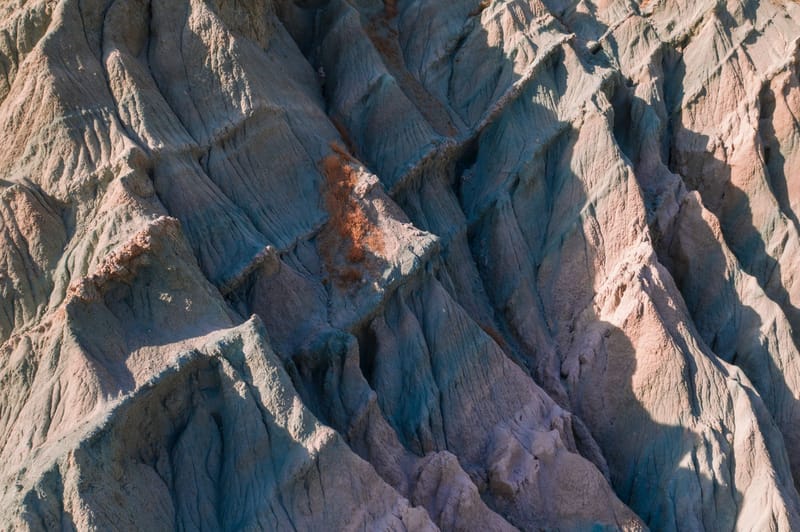Magma beneath tectonic collision zones is wetter than previously thought

May 26, 2022
In a study conducted by WHOI, MIT and other groups may have fund information which can help explaining how "Earth’s crust forms, the location of ore deposits, and why some volcanoes are more explosive than others."
"A new study by geologists at the Woods Hole Oceanographic Institution (WHOI), MIT, and elsewhere has found that colliding continental plates may draw down more water than previously thought. The results could help to explain the explosiveness of some volcanic eruptions, as well as the distribution of ore deposits such as copper, silver, and gold."
"Their analysis, published today in Nature Geoscience, finds that magma at subduction zones, or “arc magmas,” can contain up to 20 percent water content by weight — about double the maximum water content that has been widely assumed. The new estimate suggests that subduction zones draw down more water than previously thought, and that arc magmas are “super-hydrous,” and much wetter than scientists had estimated. " reports Jennifer Chu from the MIT News Office.
Magma beneath tectonic collision zones is wetter than previously thought by MIT News